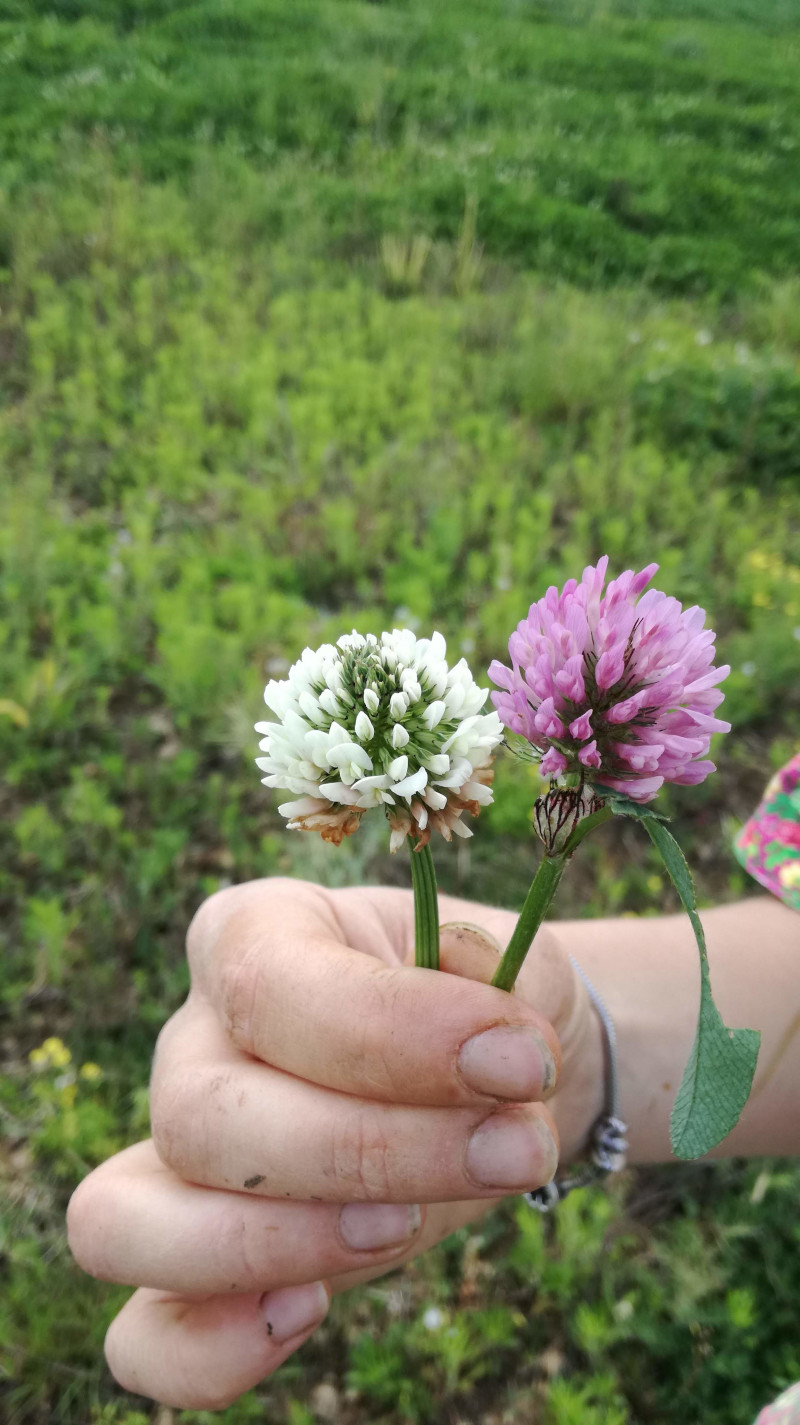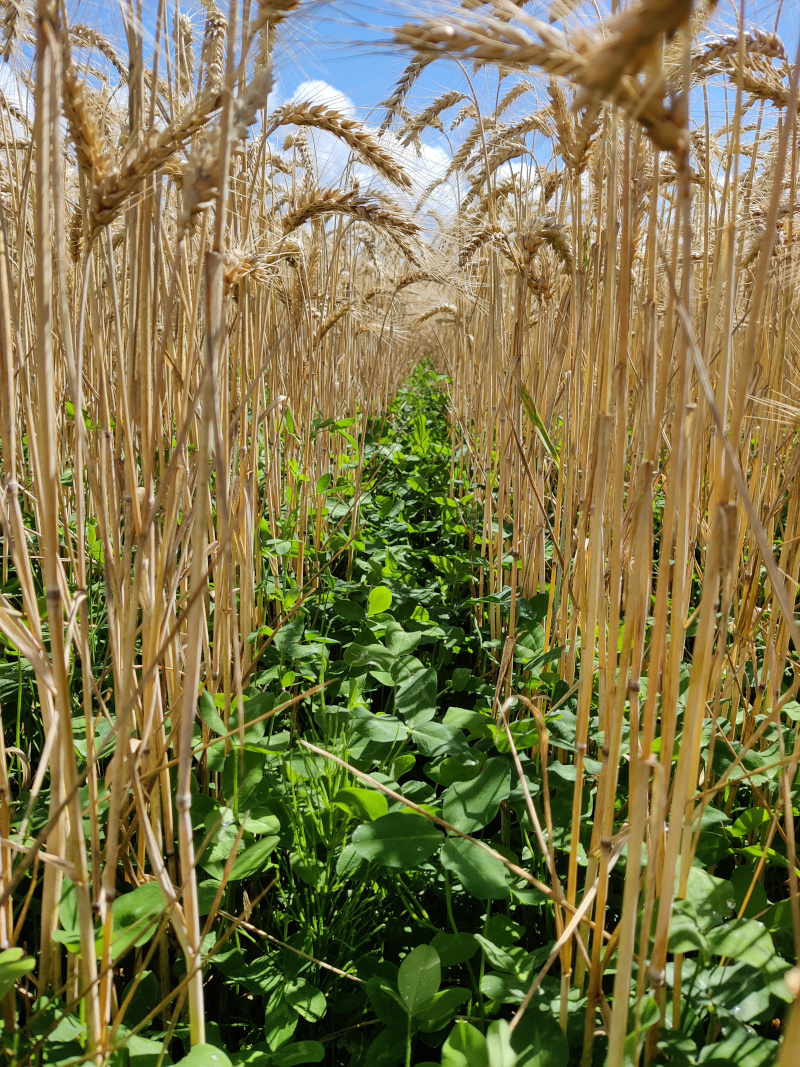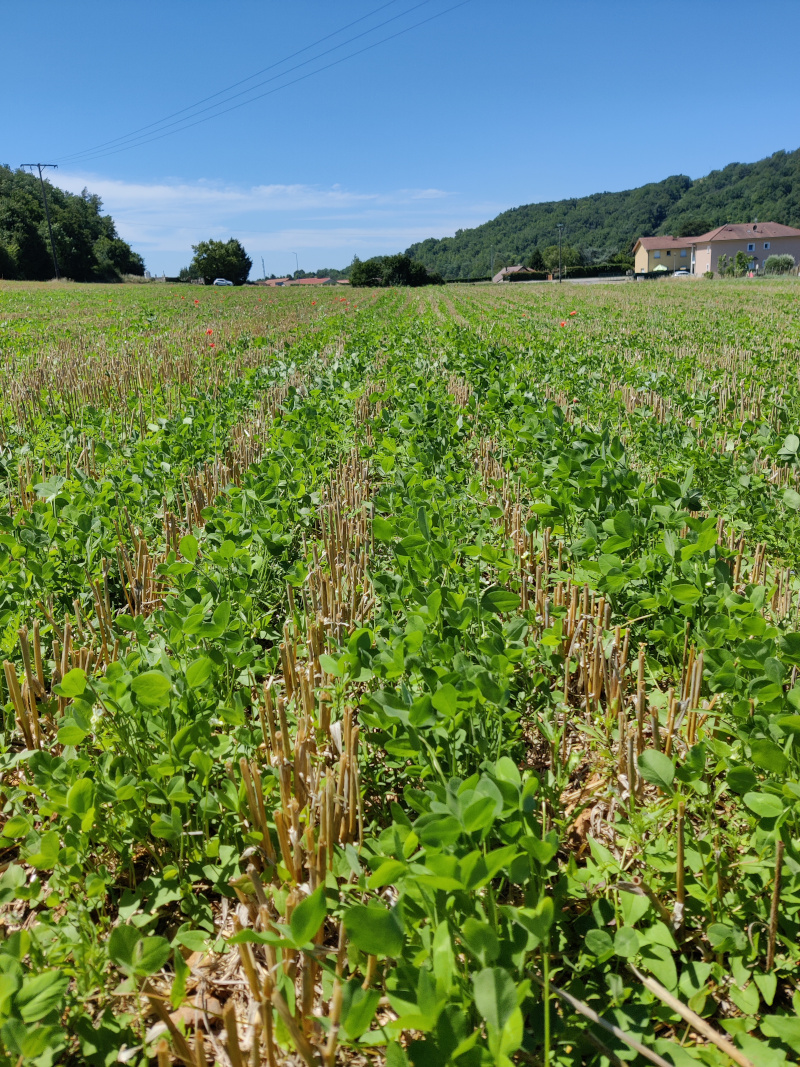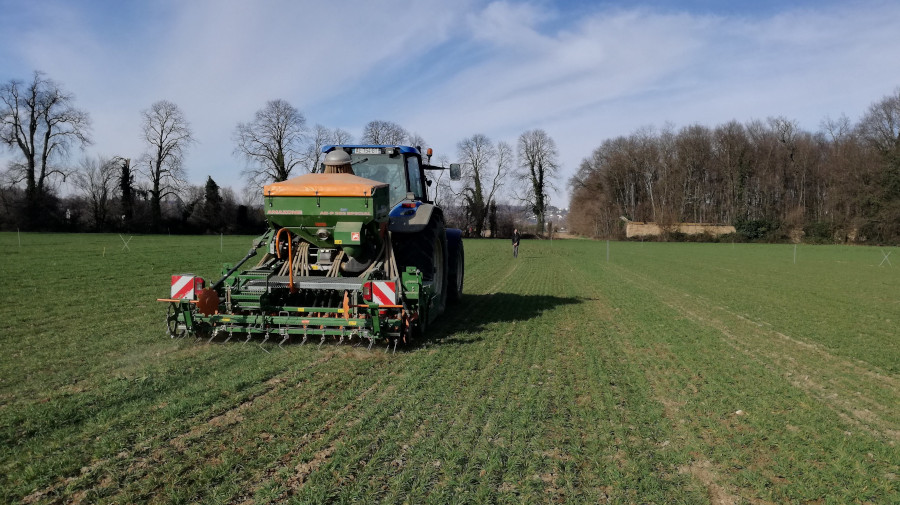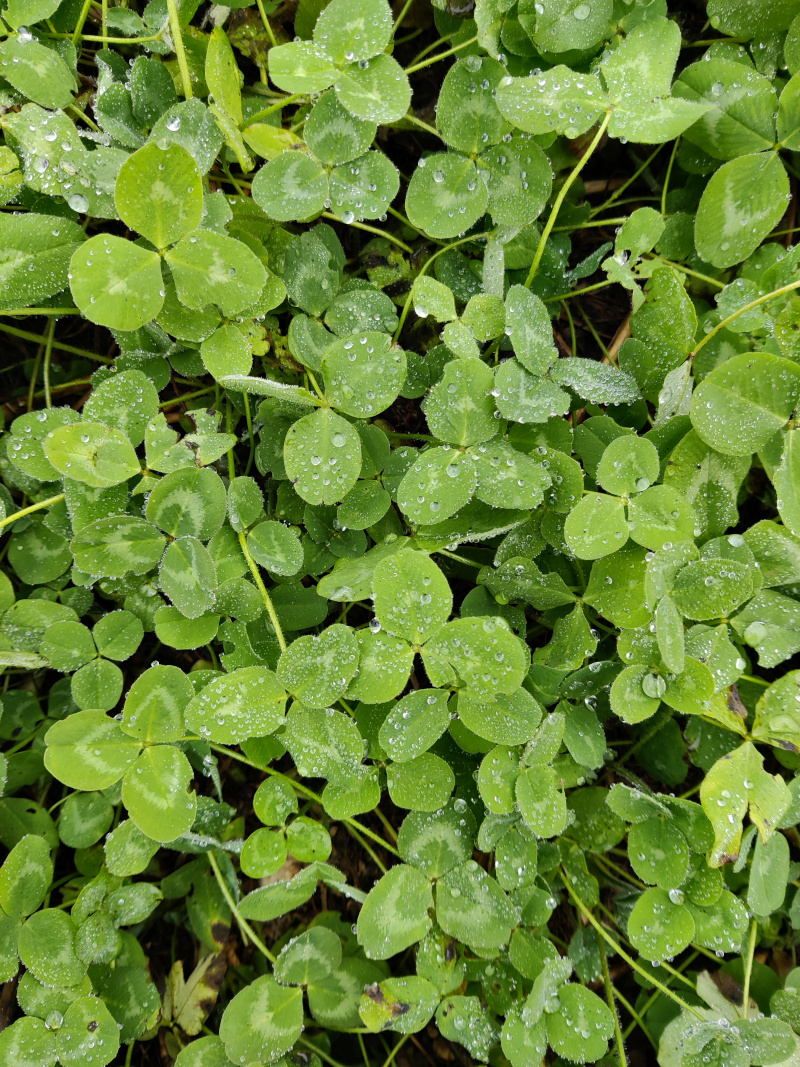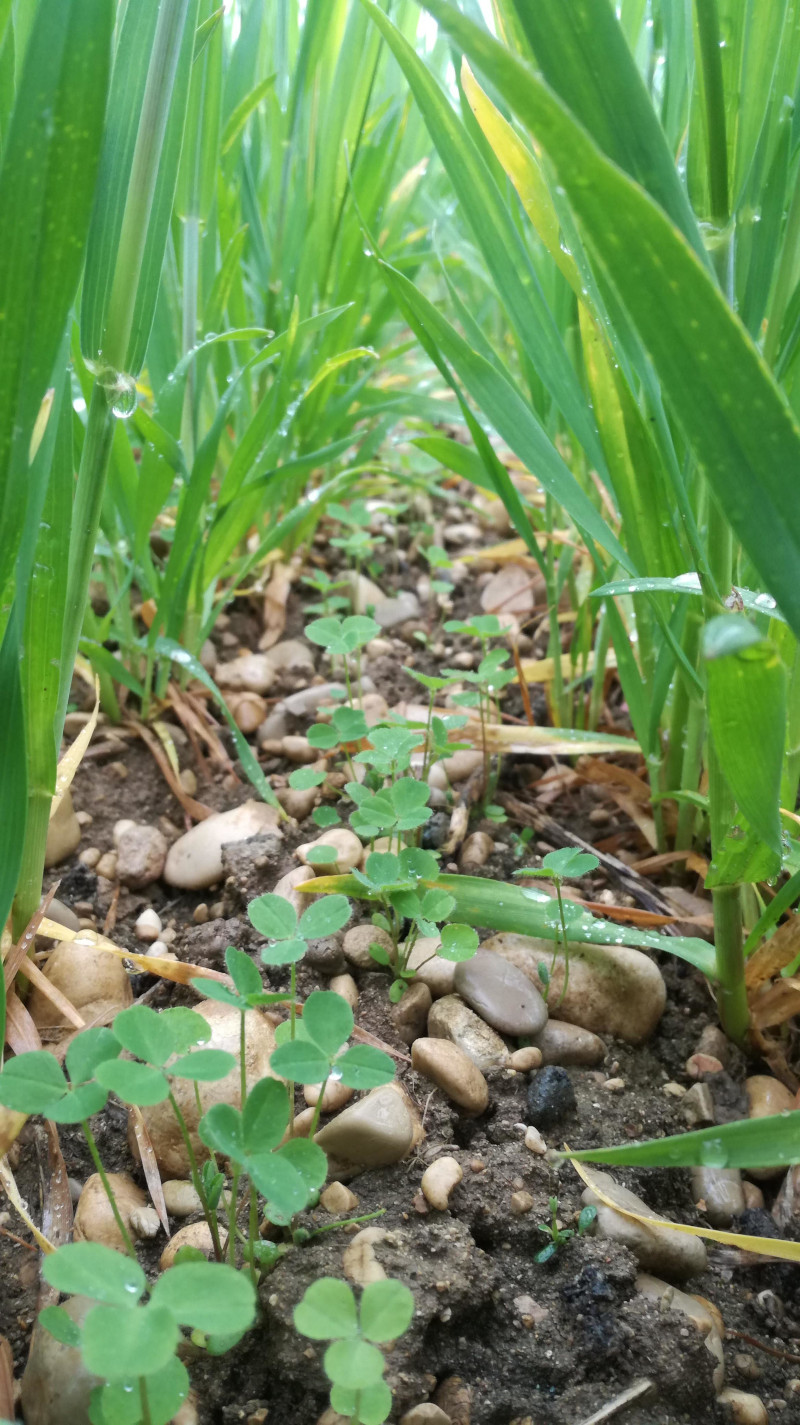The CASTOR project aims to study how plant cover can be combined with cereal crops to reduce input requirements (fertilizers and pesticides in particular) and propose more sustainable agricultural production practices. The aim of the CASTOR research programme is to conceive strategies for inserting multiservice leguminous cover crops in association with cash crops. The project also aims to work in synergy with all concerned stakeholders.
Funder: TERRA Isara
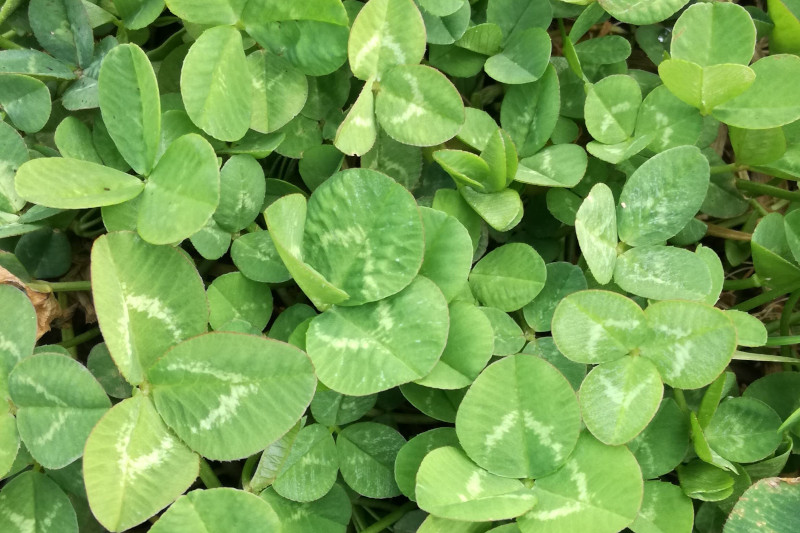
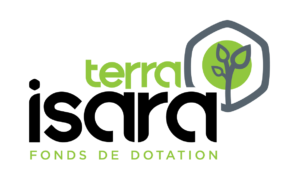

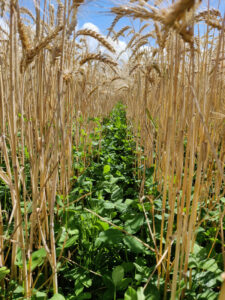
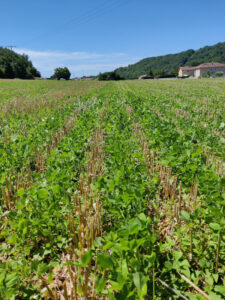

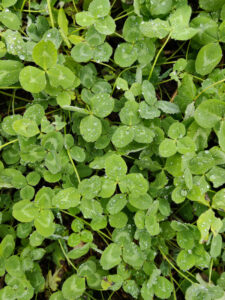
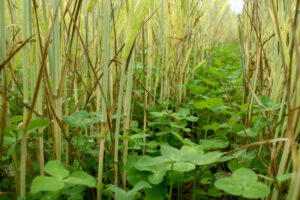
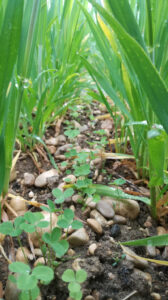
Our experimental approach
The project is organised in four main steps:
- Innovation tracking: The aim of the tracking phase was to identify and analyze experts (innovative farmers, advisors) implementing innovative techniques. This was achieved through a survey targeting farmers throughout France.
- State of the art of the scientific literature: results were compared to the latest scientific knowledge on these techniques to identify any gaps between scientific work and the references needs of farmers and advisors, and to determine relevant research area.
- Experimental part with partner/farmers: Setting up of an experimental plots network of 20 plots during two years to produce recommendation and address the barriers identified in the innovation tracking. On each experimental plot, forage legumes were sown as a relay cover crop in winter cereal with three different legume species and three sowing methods. All plots were monitored during the first year of association and half of them for two years (first year of association and the following crop) to assess the behavior of the cover crops in relation to various planting and management methods, and the level of ecosystem services obtained.
Demonstration part: In the final year of the project, and on the basis of the knowledge acquired (tracking + experimentation), demonstration platforms comparing different cover crop insertion strategies developed with partner farmers were set up with volunteer farmers to showcase techniques and strategies that seem promising.
Main results
The survey work carried out allowed the identification of two major barriers to the adoption of multiservice cover crop:
- Many farmers mentioned issues regarding the uncertainty of cover crops implementation, particularly in the context of climate change.
- A lack of visibility on the savings in inputs and gains for the farmer associated with the services provided by the cover crop. “I know what the technique costs me, but it’s hard to know how much I get out of it”.
The project provided also answers to the following questions:
Project team
Florian Celette, Edouard Sory, Camille Pierre and Mathieu Rouge.
Partners
INRAE (UMR Agronomy and SAS)
Publications
Amossé, Camille et al., 2013. Relay-intercropped forage legumes help to control weeds in organic grain production. European Journal of Agronomy. Vol. 49, pp. 158–167. DOI 10.1016/j.eja.2013.04.002.
Amossé, Camille, Jeuffroy, Marie Hélène and David, Christophe, 2013. Relay intercropping of legume cover crops in organic winter wheat: Effects on performance and resource availability. Field Crops Research. Vol. 145, pp. 78–87. DOI 10.1016/j.fcr.2013.02.010.
Vrignon-Brenas, Sylvain, Celette, Florian, Amossé, Camille, et al., 2016. Effect of spring fertilization on ecosystem services of organic wheat and clover relay intercrops. European Journal of Agronomy. Vol. 73, pp. 73–82. DOI 10.1016/j.eja.2015.10.011.
Vrignon-Brenas, Sylvain, Celette, Florian, Piquet-Pissaloux, Agnès, Jeuffroy, Marie Hélène, et al., 2016. Early assessment of ecological services provided by forage legumes in relay intercropping. European Journal of Agronomy. Vol. 75, pp. 89–98. DOI 10.1016/j.eja.2016.01.011.
Vrignon-Brenas, Sylvain, Celette, Florian, Piquet-Pissaloux, Agnès and David, Christophe, 2016. Biotic and abiotic factors impacting establishment and growth of relay intercropped forage legumes. European Journal of Agronomy. Vol. 81, no. October, pp. 169–177. DOI 10.1016/j.eja.2016.09.018.
Vrignon-Brenas, Sylvain et al., 2018. Intercropping strategies of white clover with organic wheat to improve the trade-off between wheat yield, protein content and the provision of ecological services by white clover. Field Crops Research. Vol. 224, no. May, pp. 160–169. DOI 10.1016/j.fcr.2018.05.009.
Duchene, O., Vian, J.-F., Celette, F., 2017. Intercropping with legume for agroecological cropping systems: Complementarity and facilitation processes and the importance of soil microorganisms. A review. Agriculture, Ecosystems and Environment 240, 148–161. https://doi.org/10.1016/j.agee.2017.02.019
Gardarin, A., Celette, F., Naudin, C., Piva, G., Valantin-Morison, M., Vrignon-Brenas, S., Verret, V., Médiène, S., 2022. Intercropping with service crops provides multiple services in temperate arable systems: a review. Agronomy for Sustainable Development 42, 39. https://doi.org/10.1007/s13593-022-00771-x
Valantin-Morison, M., Verret, V., Médiène, S., Lorin, M., Pelzer, E., Celette, F., Naudin, C., 2019. ALLIANCE : Amélioration des performances écologiques et économiques par association de plantes de services Légumineuses dans des systèmes de grandes cultures. Innovations Agronomiques 71, 349–365.
